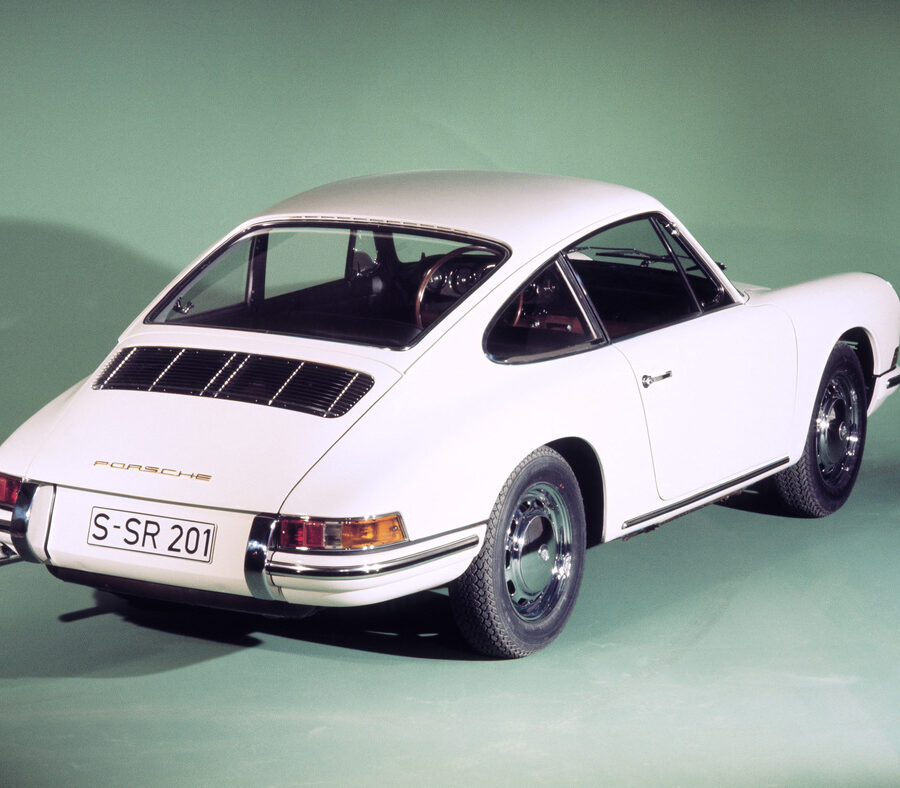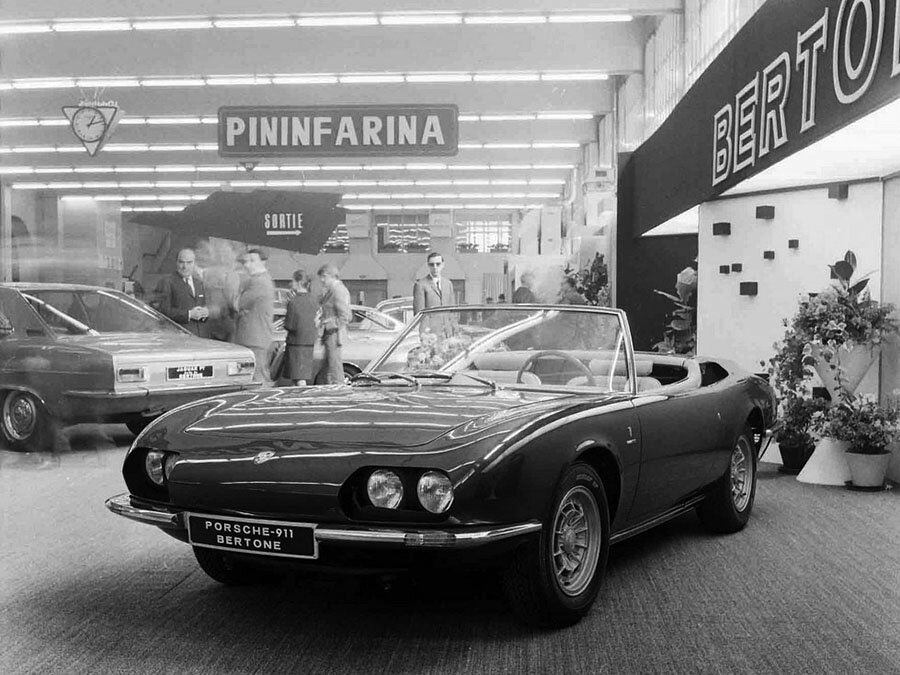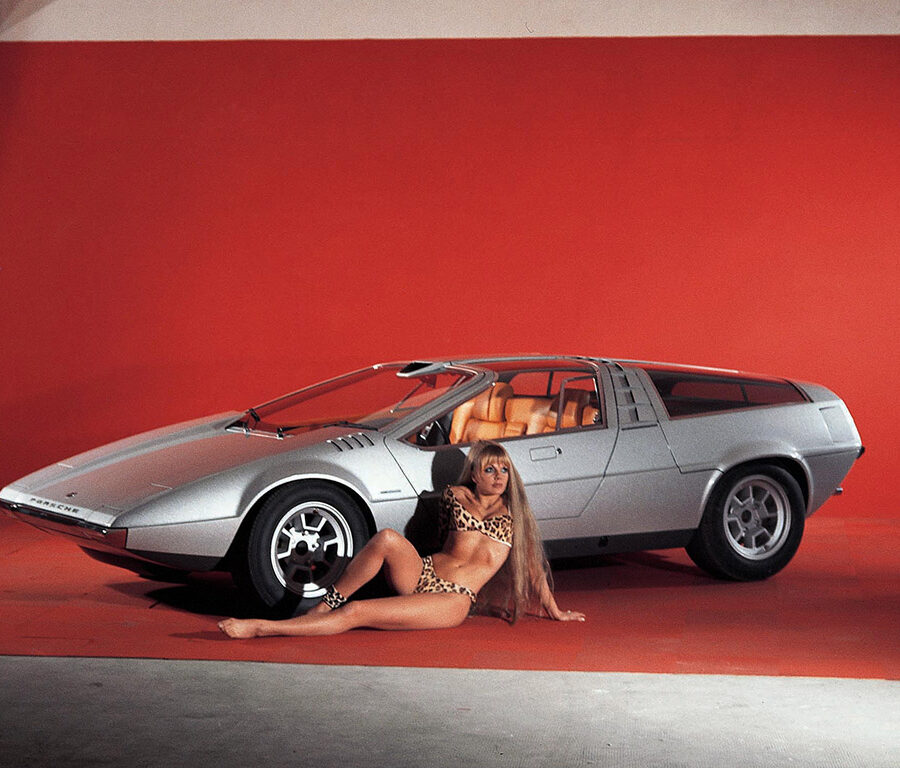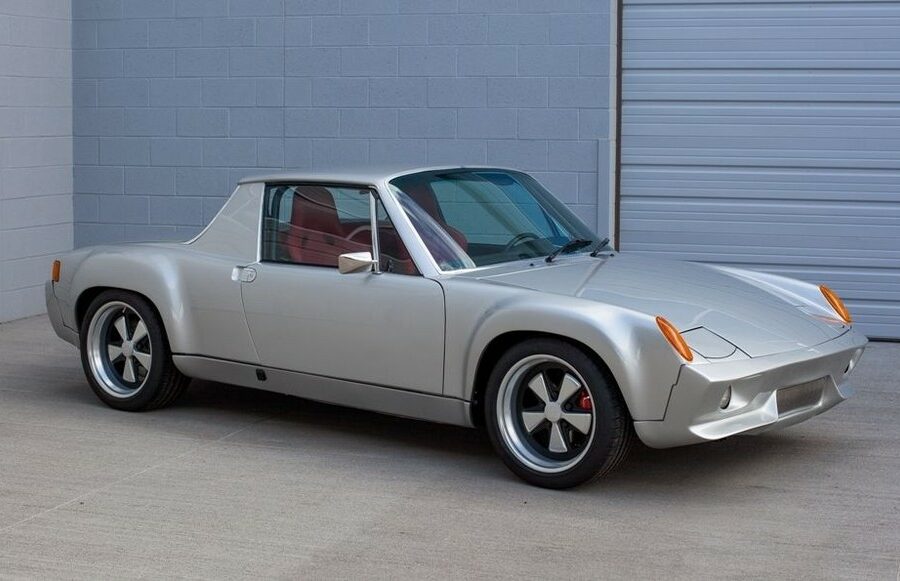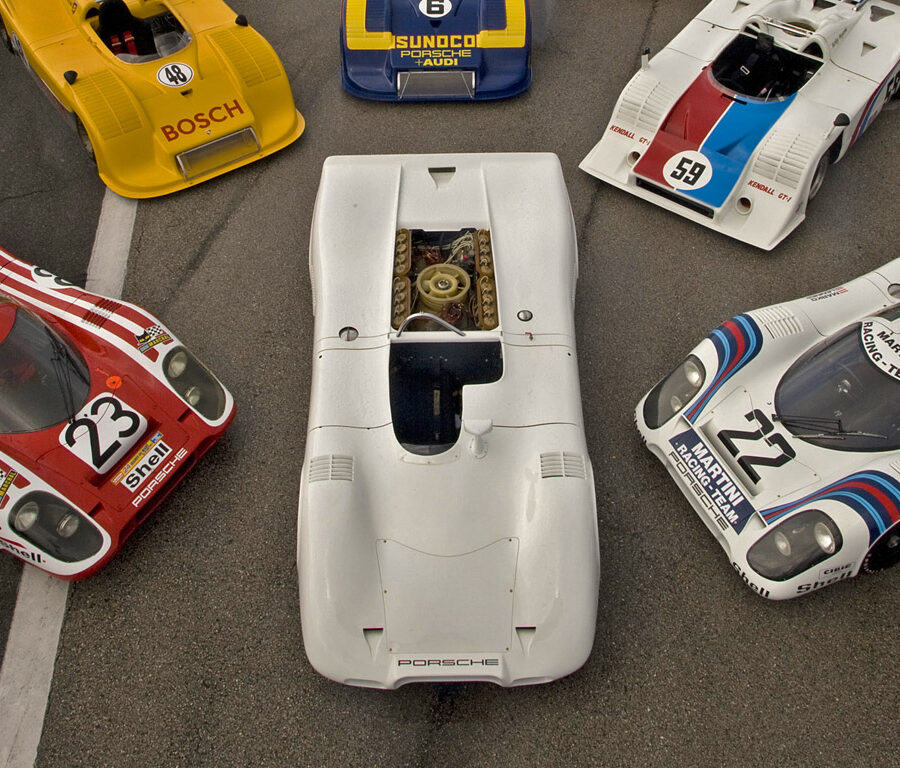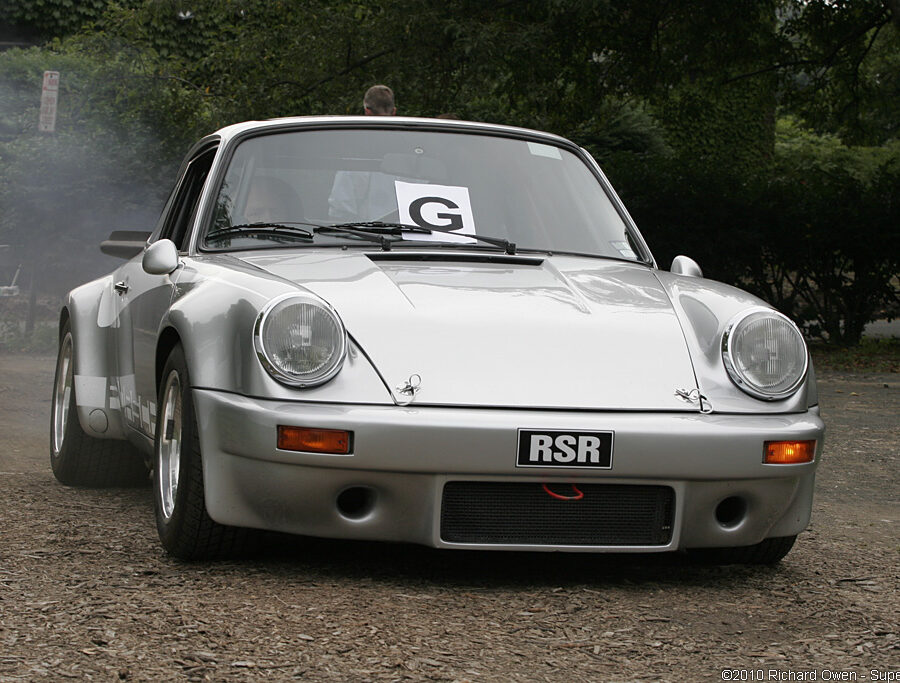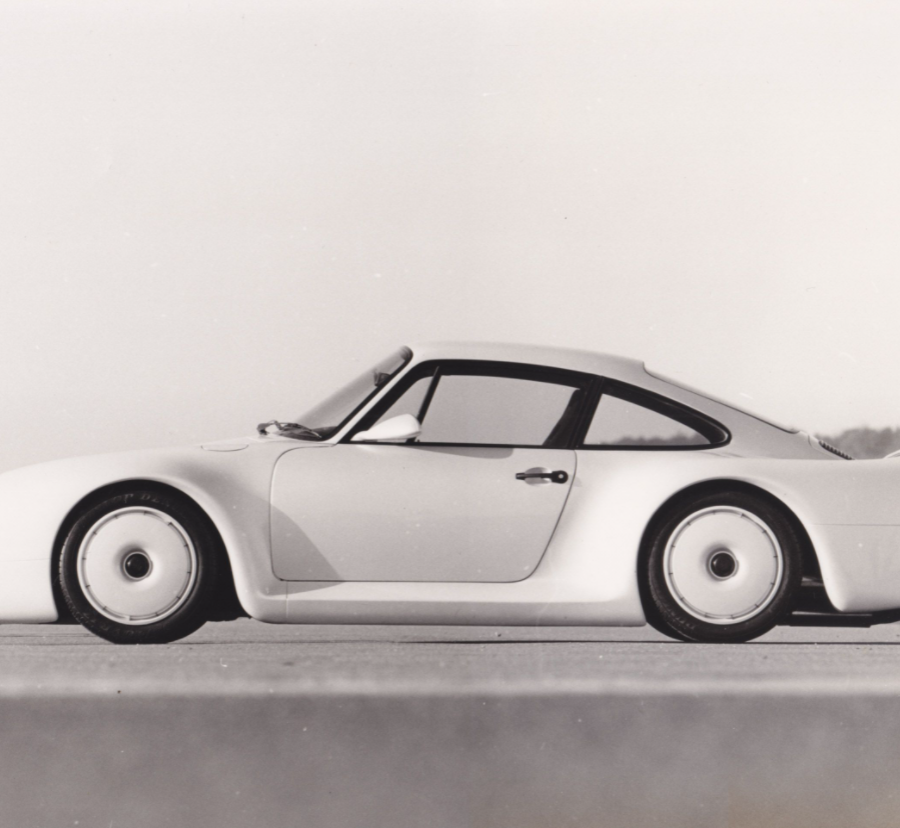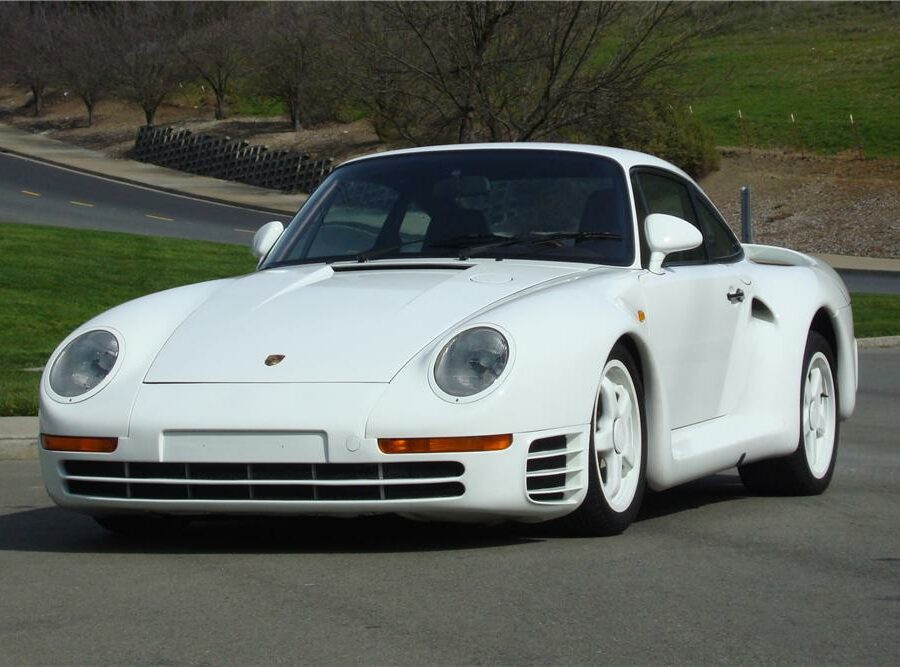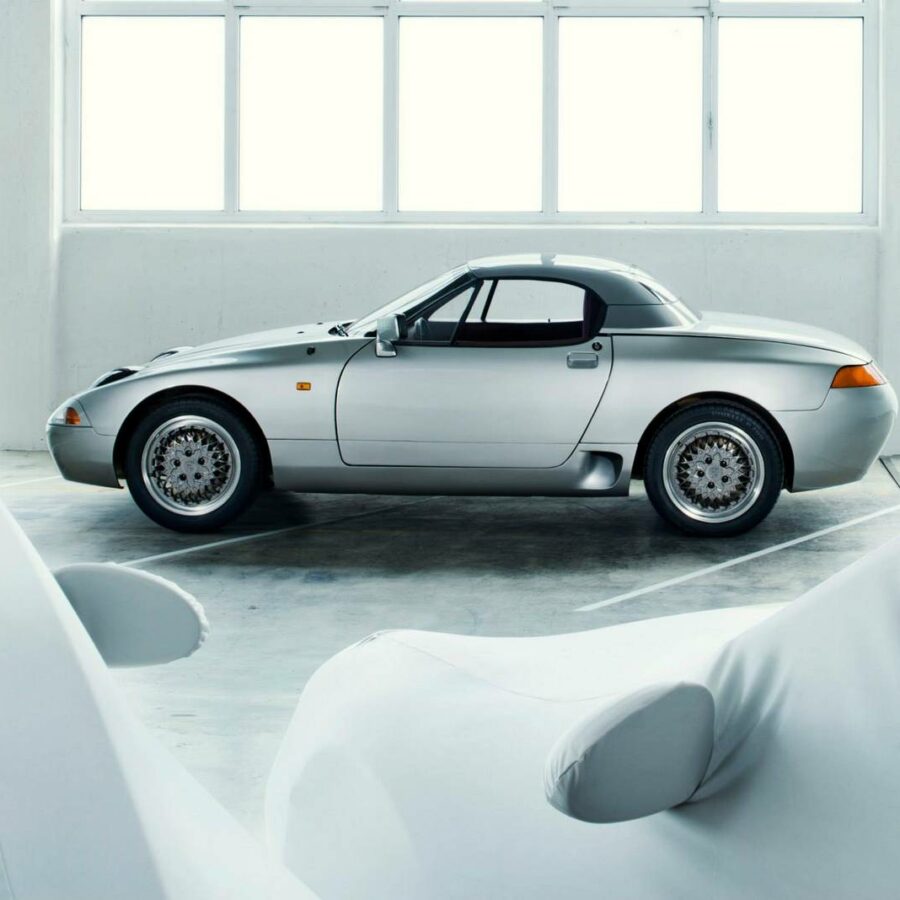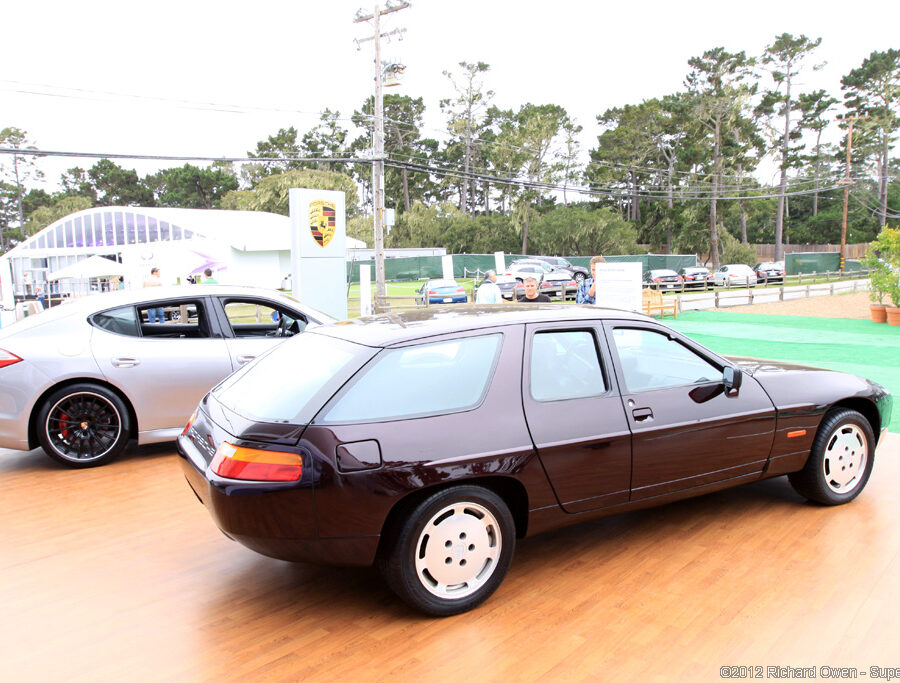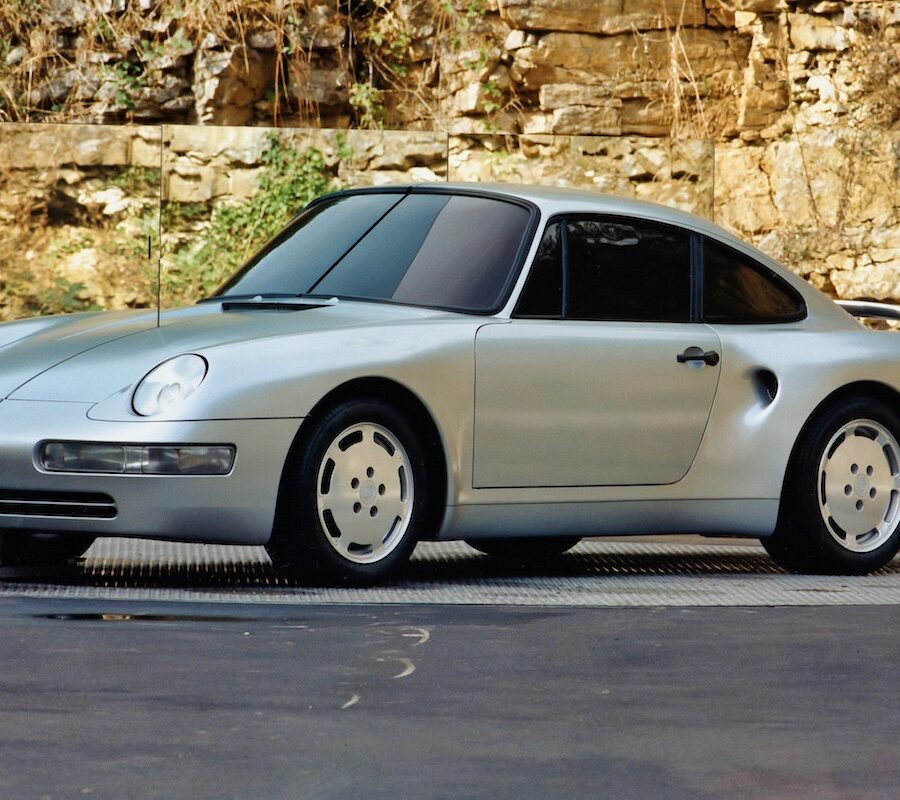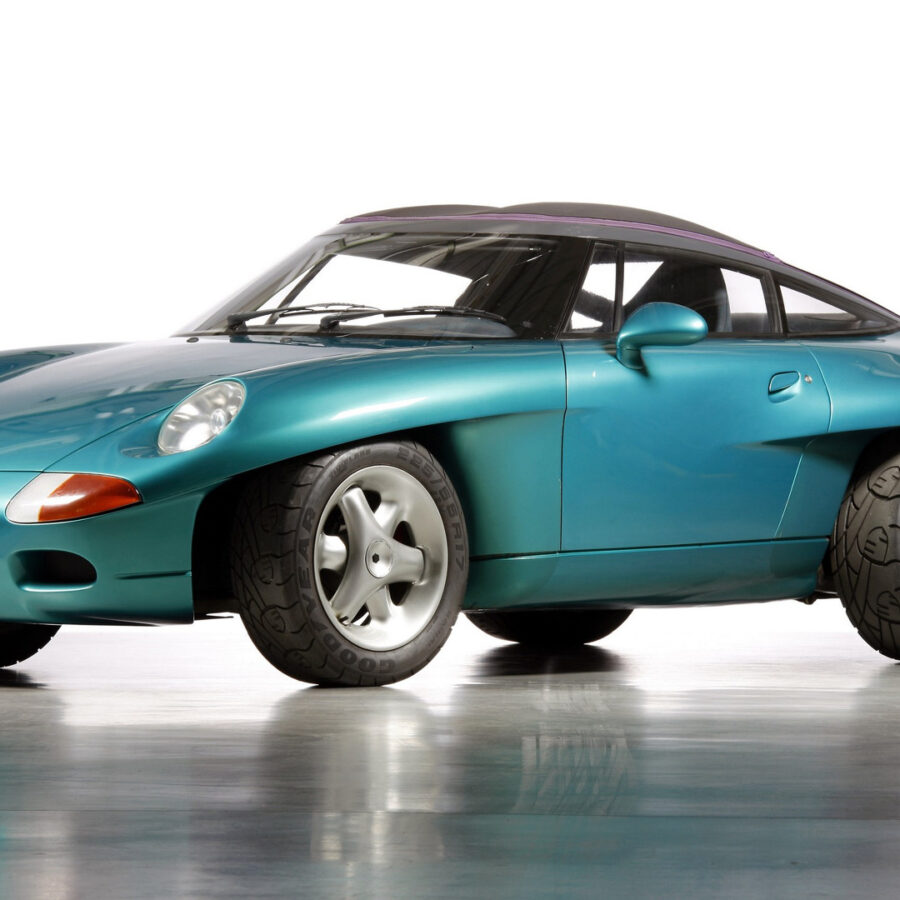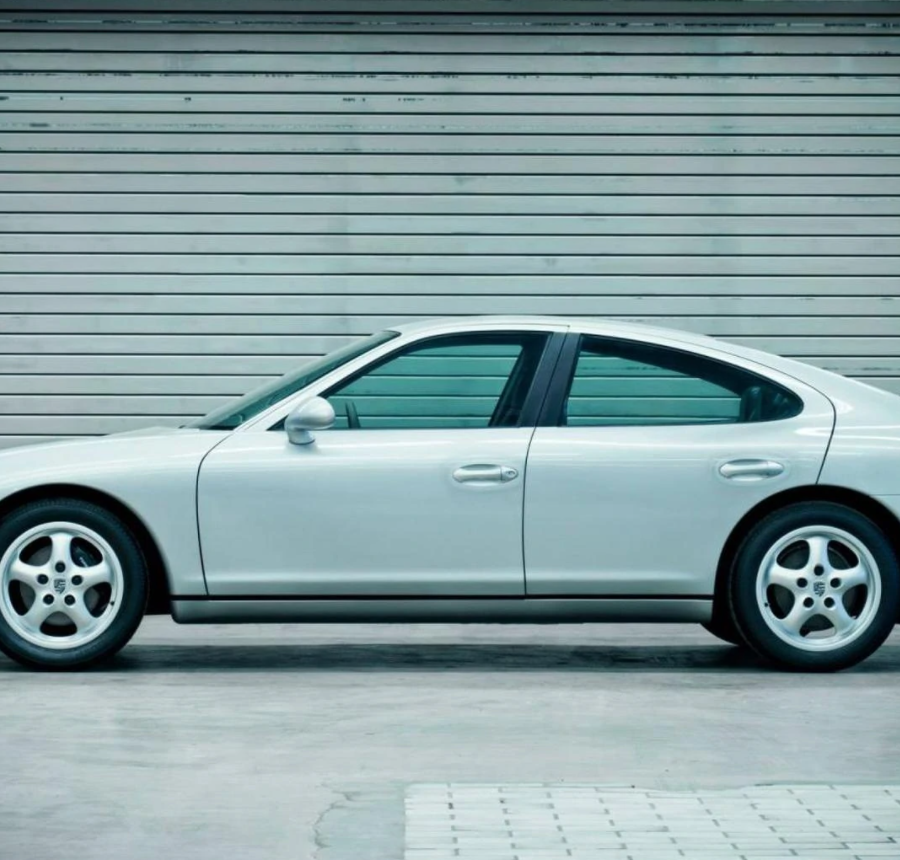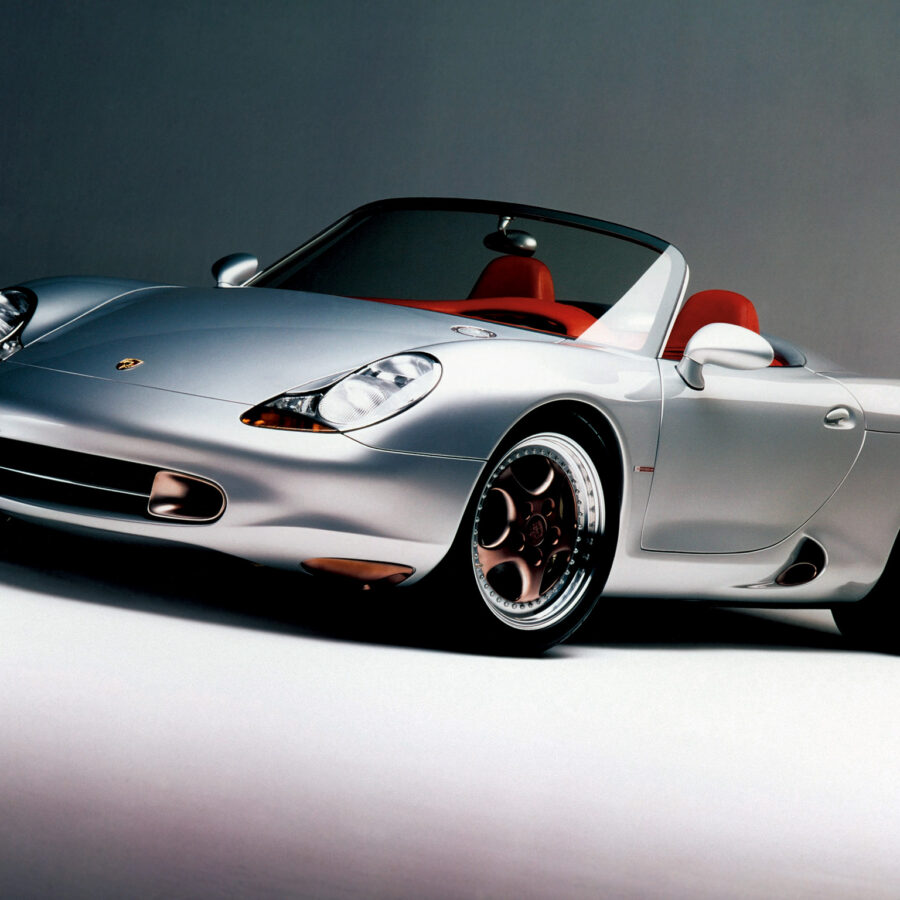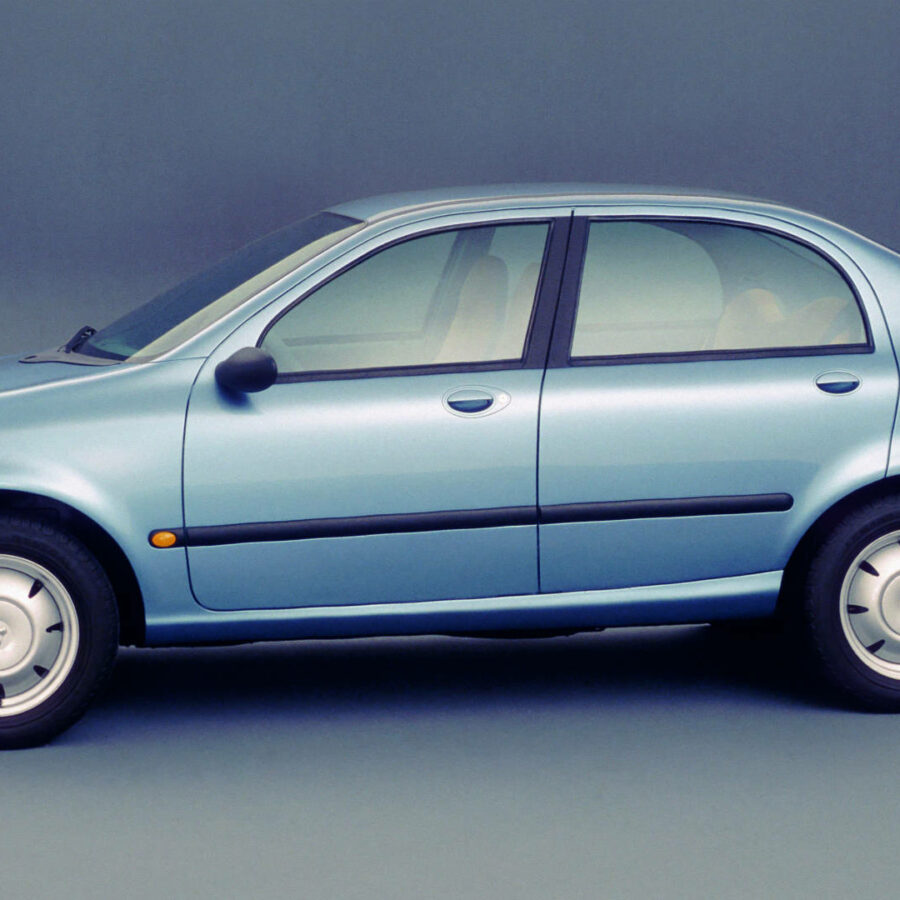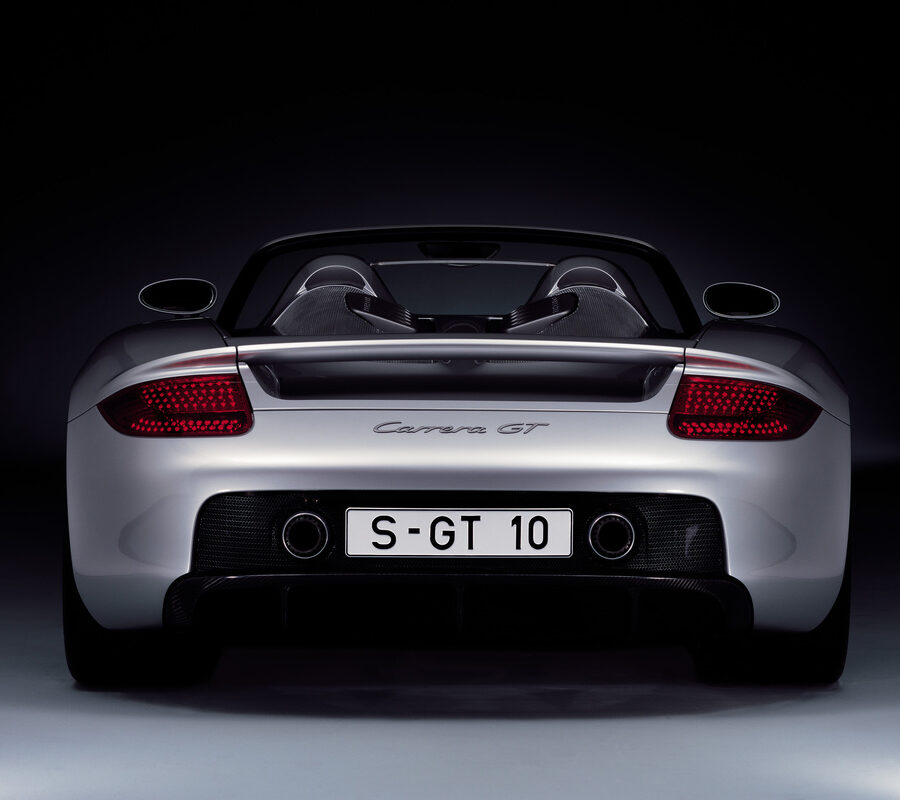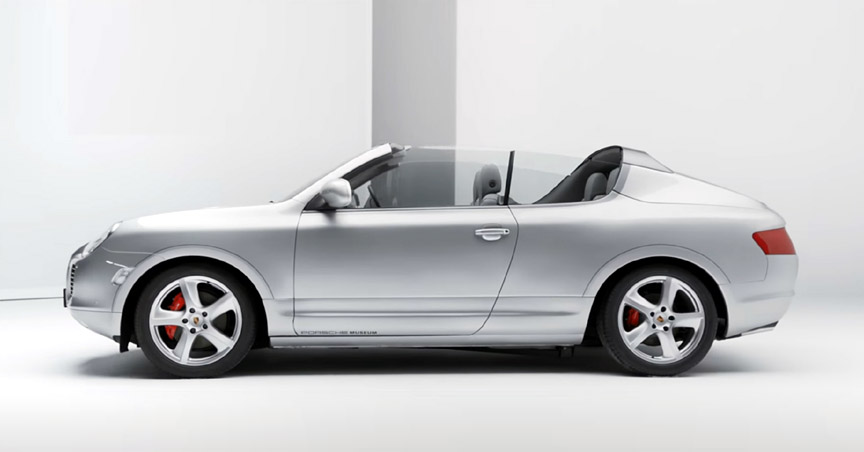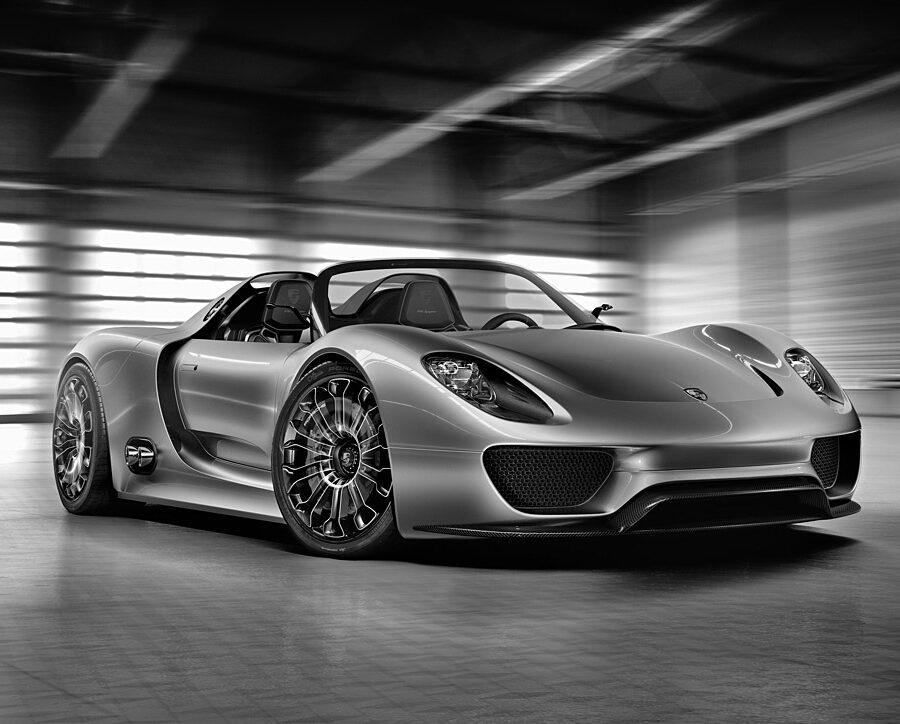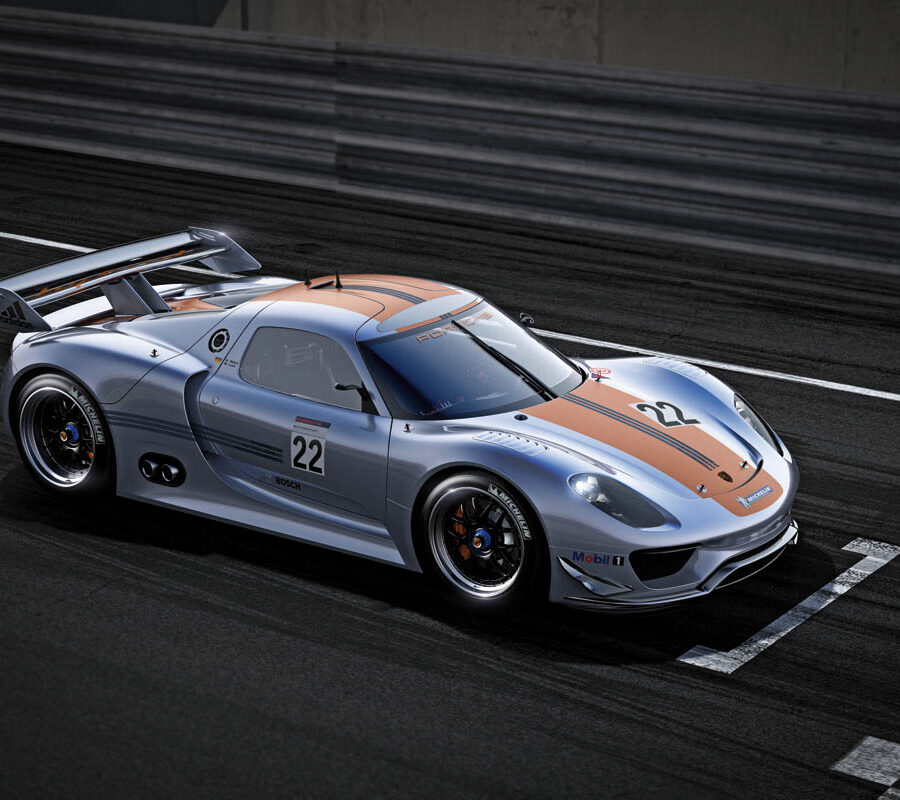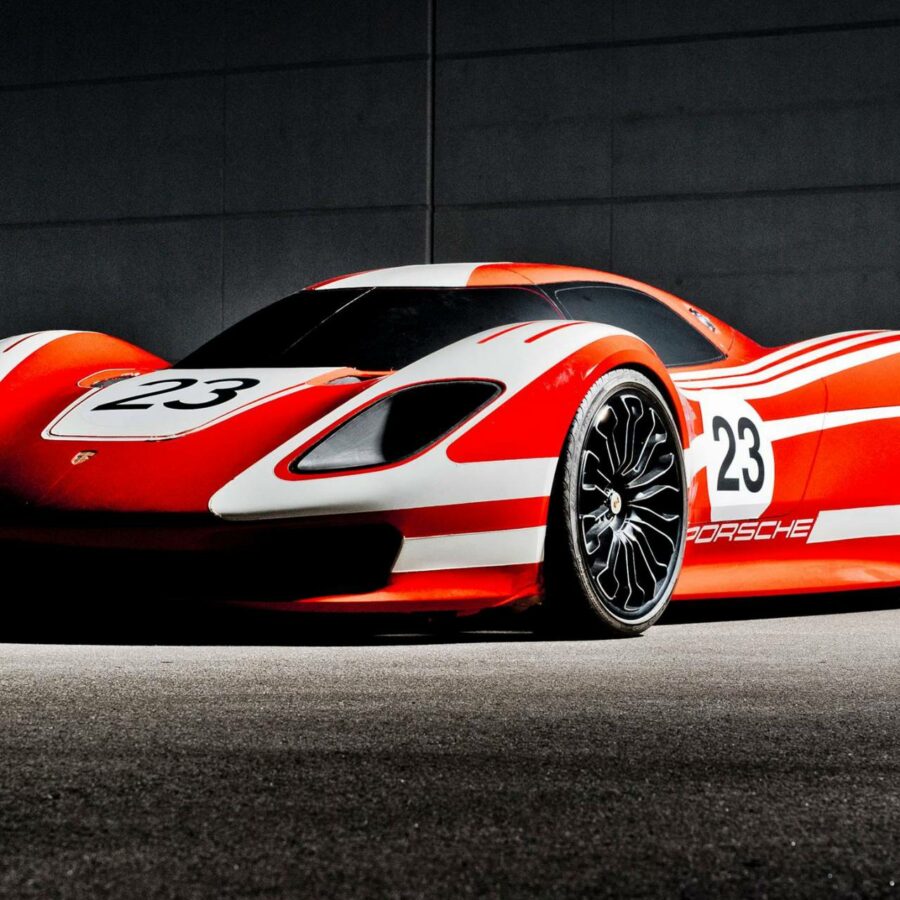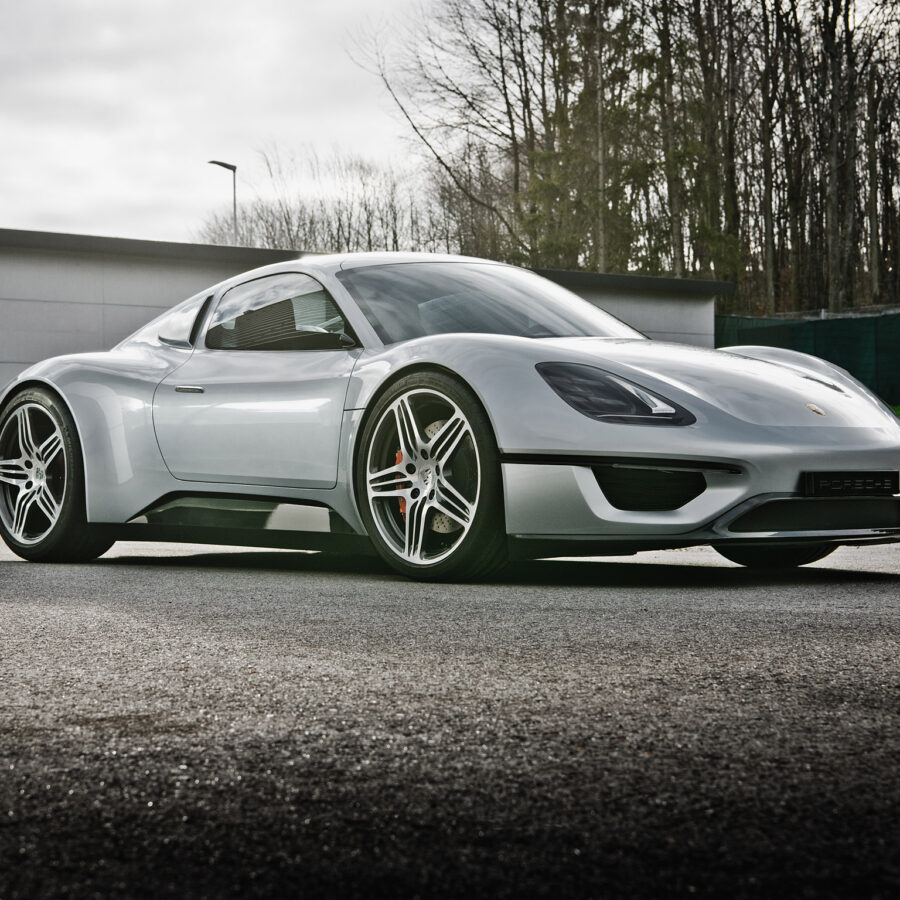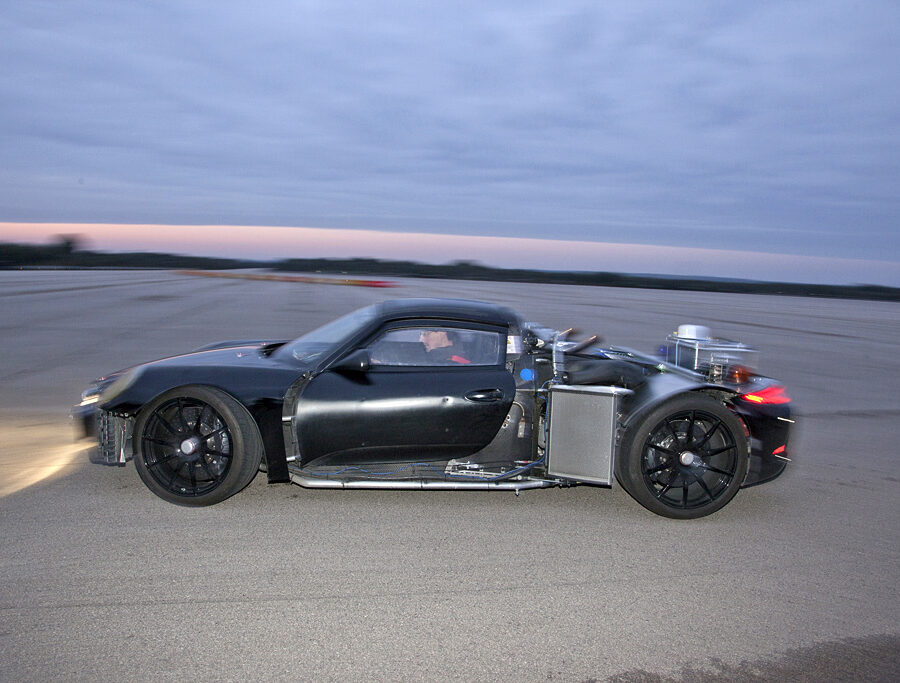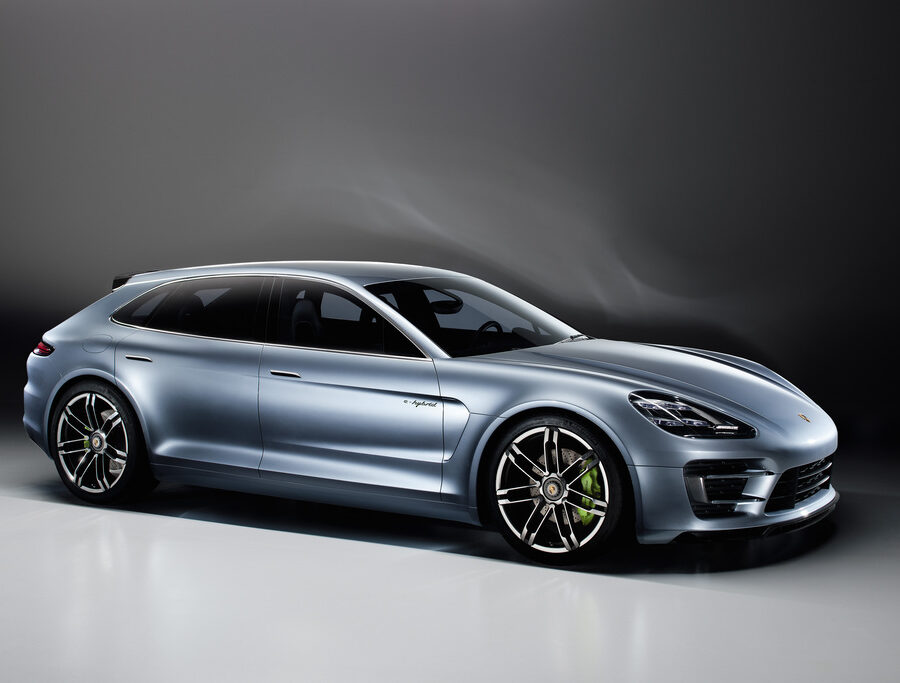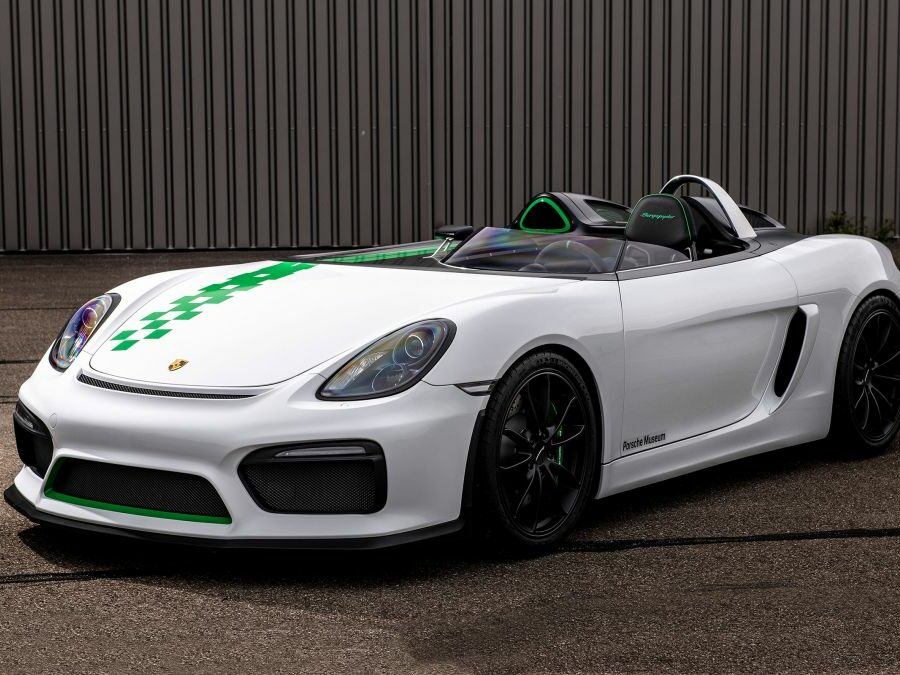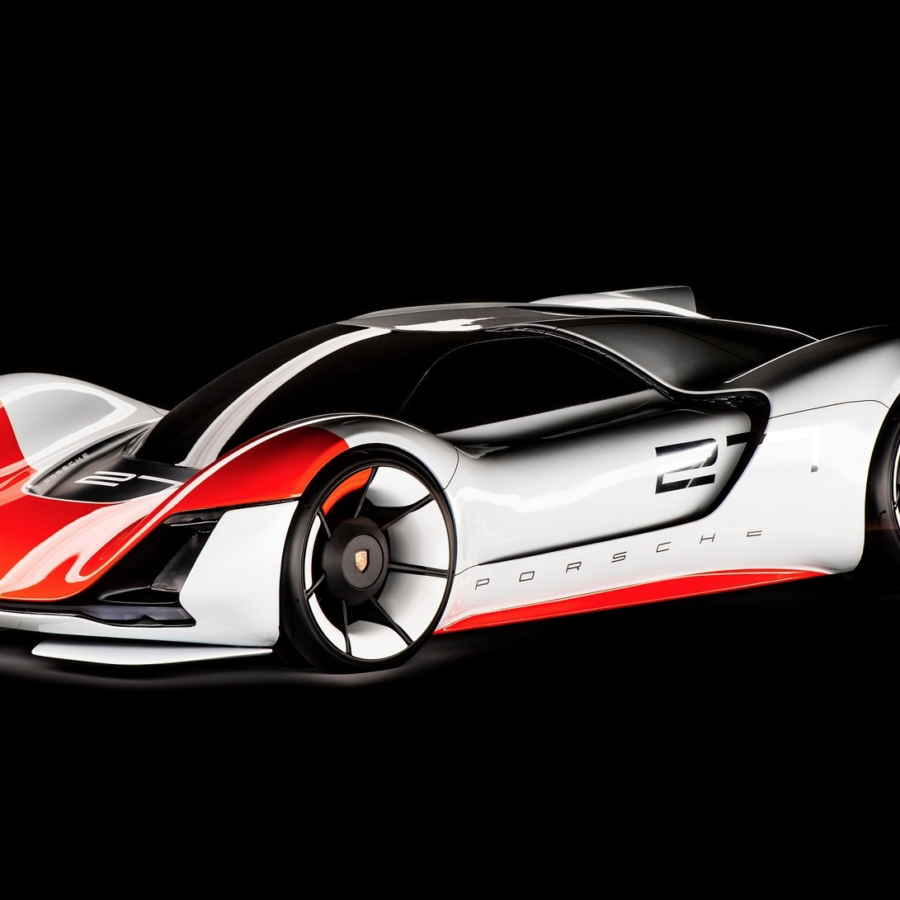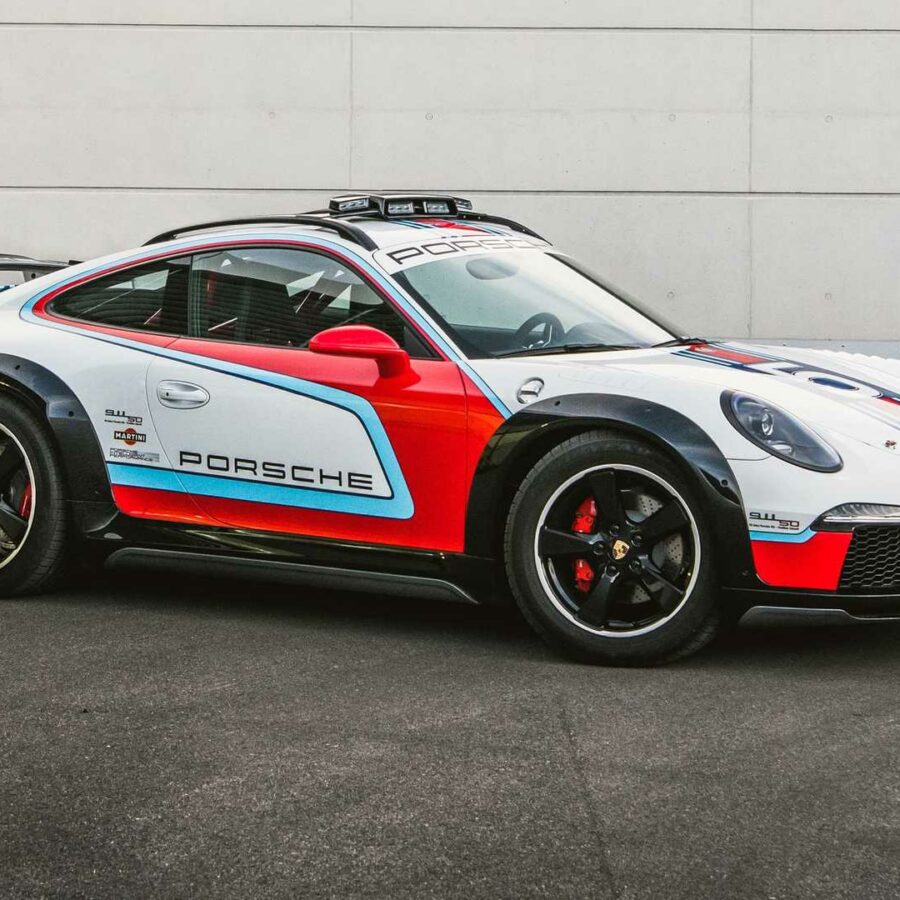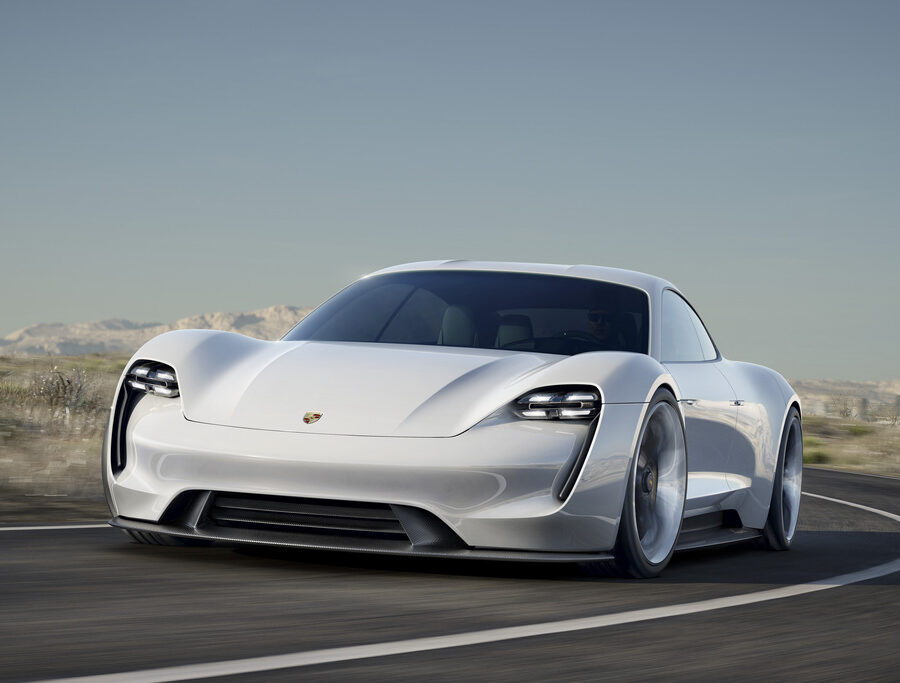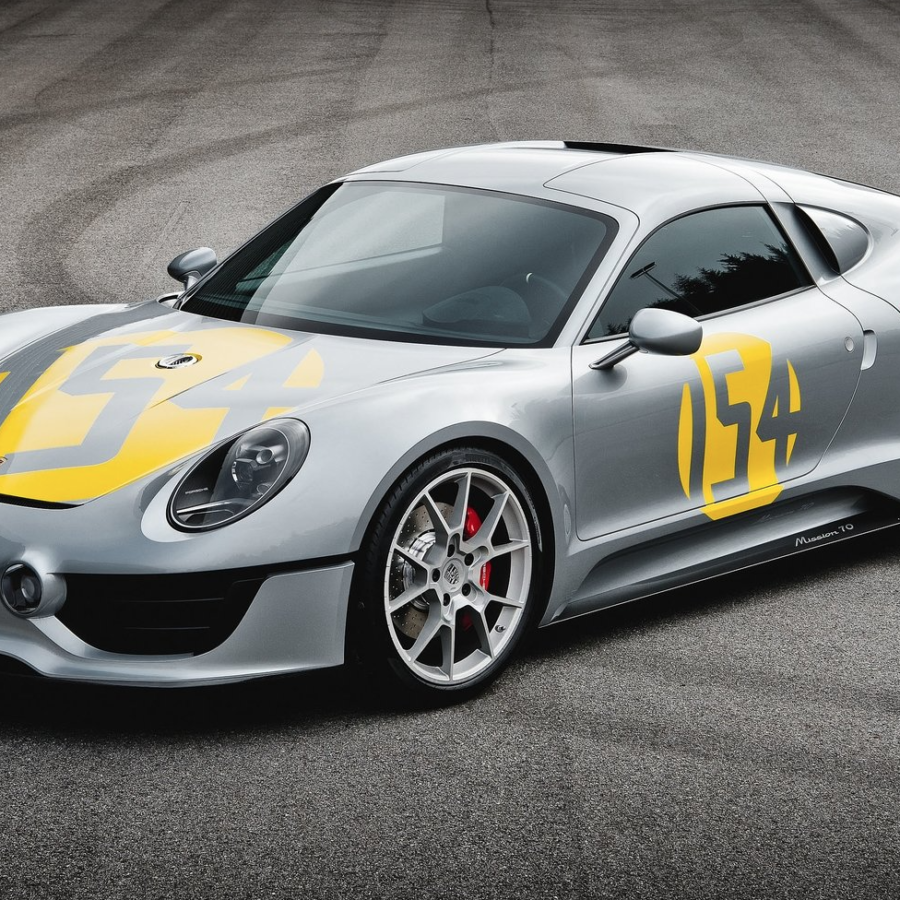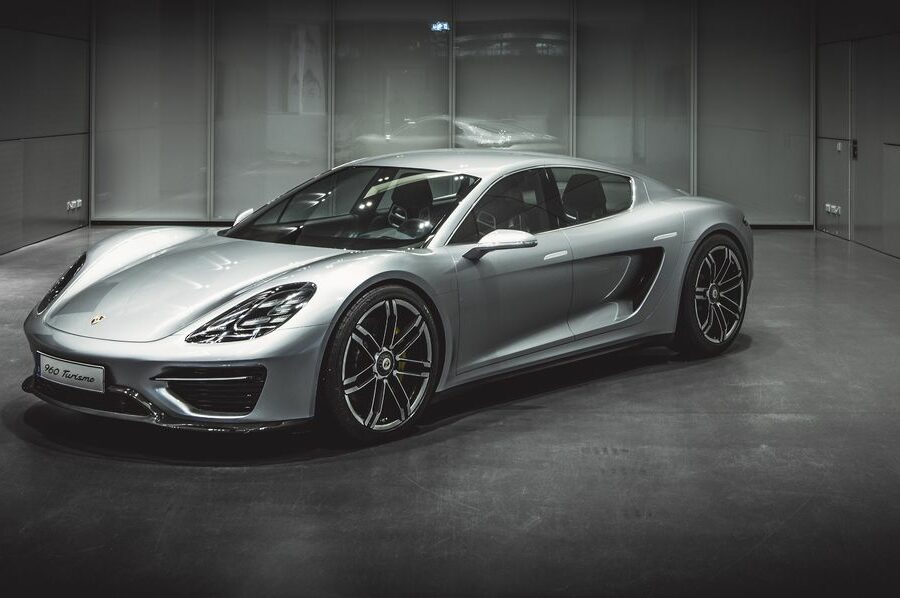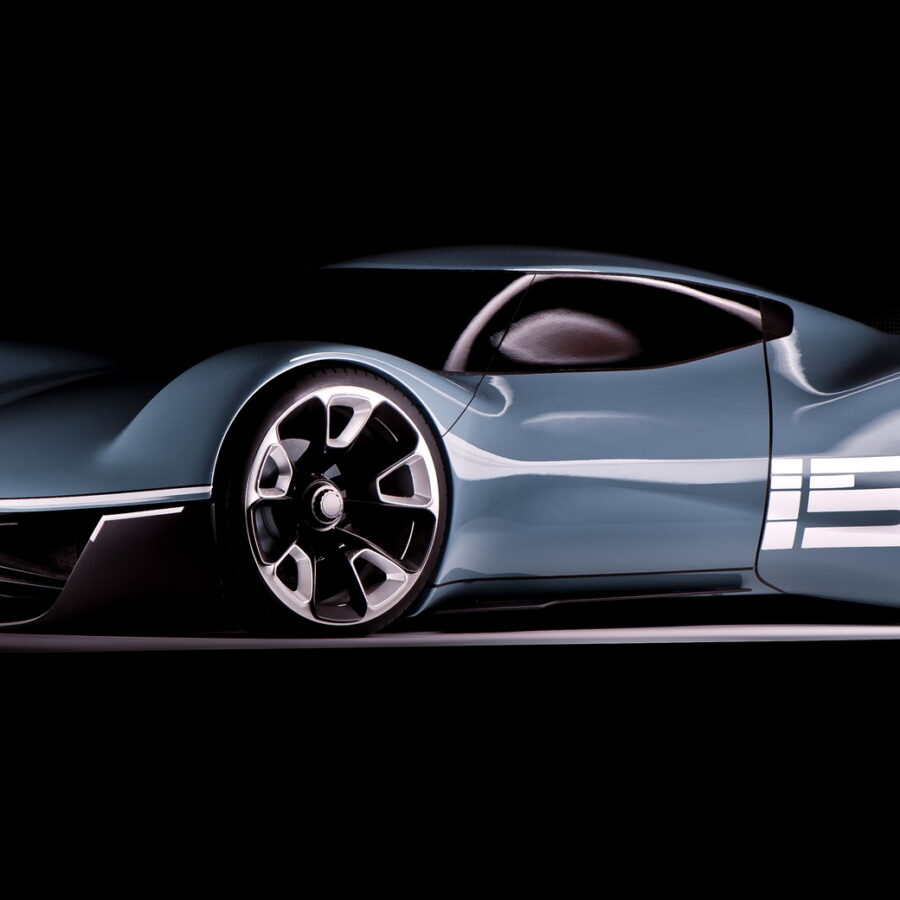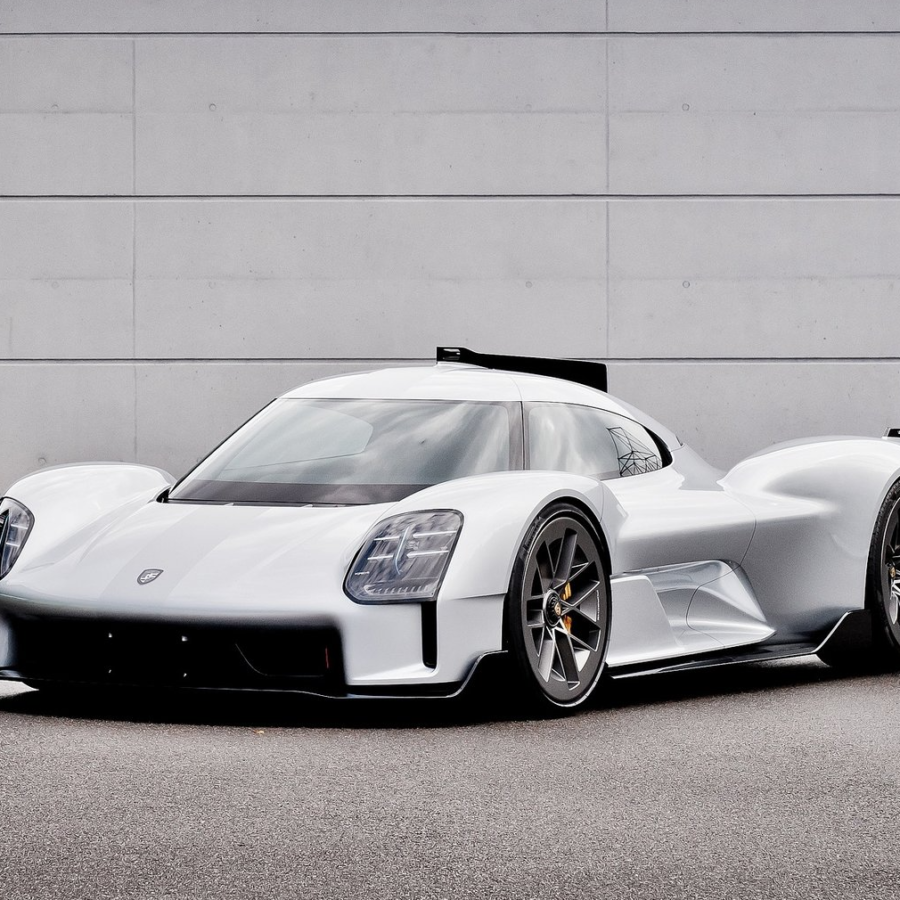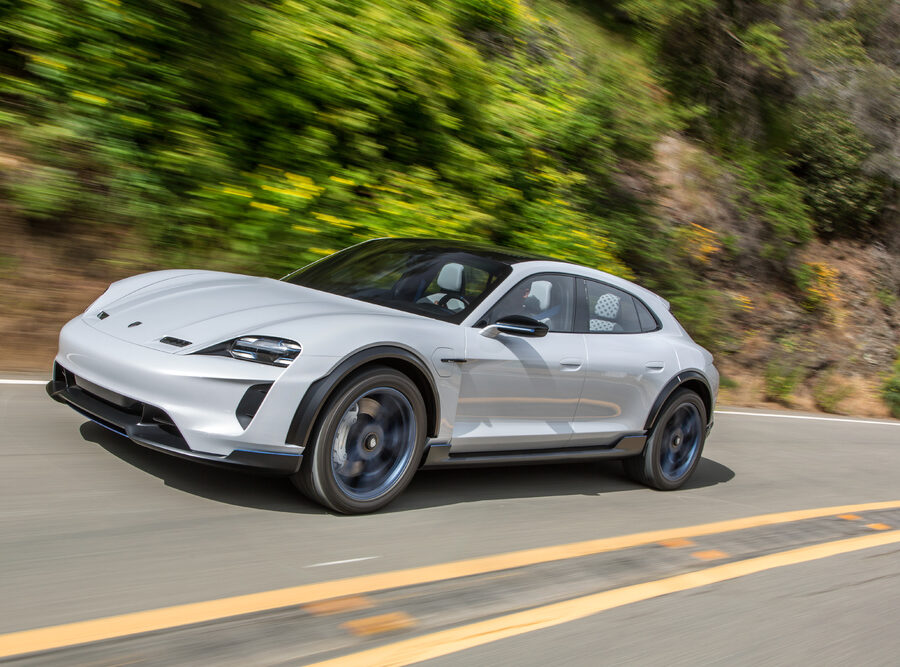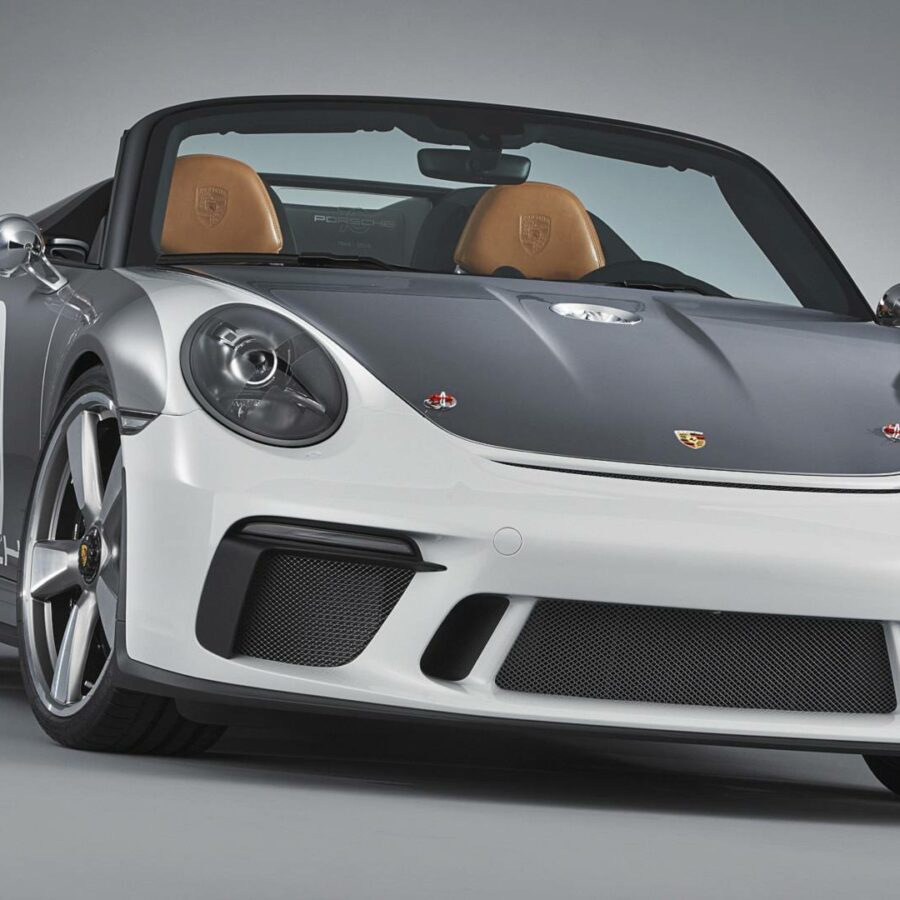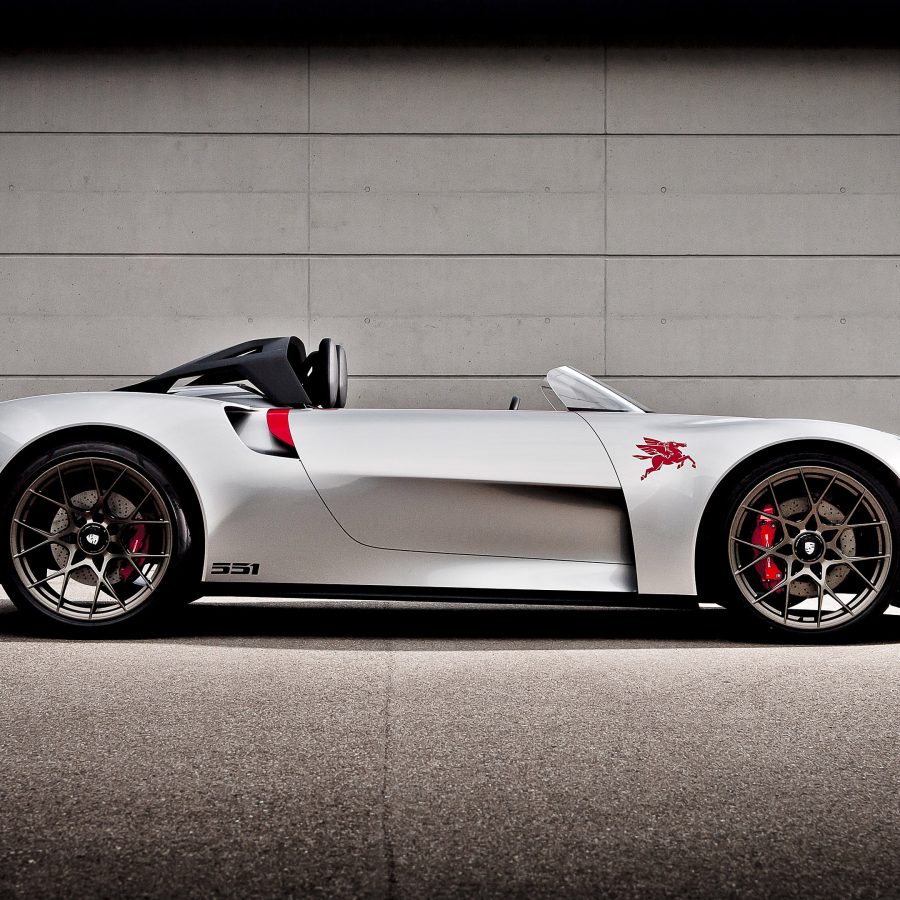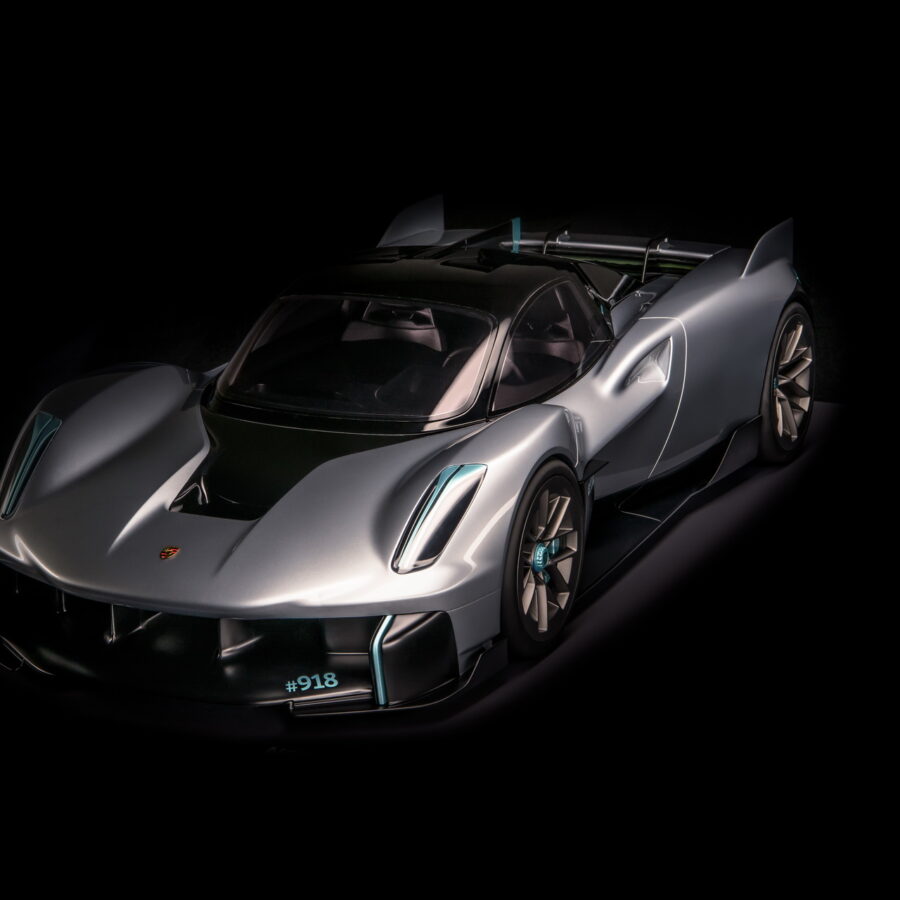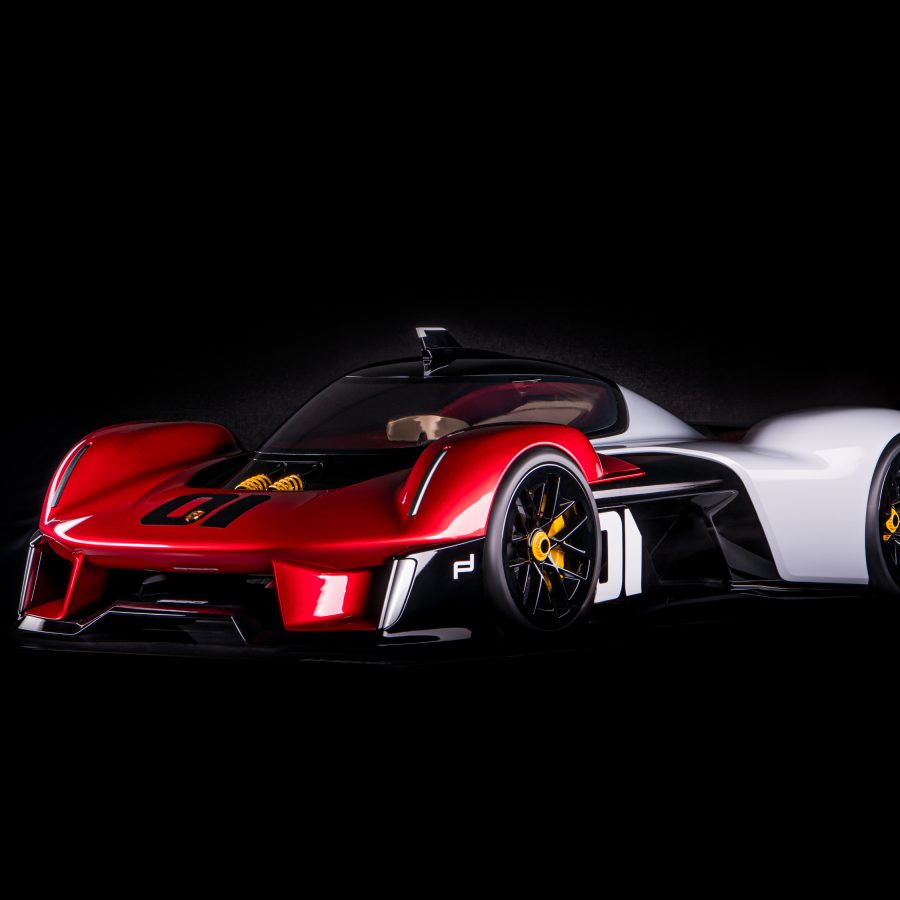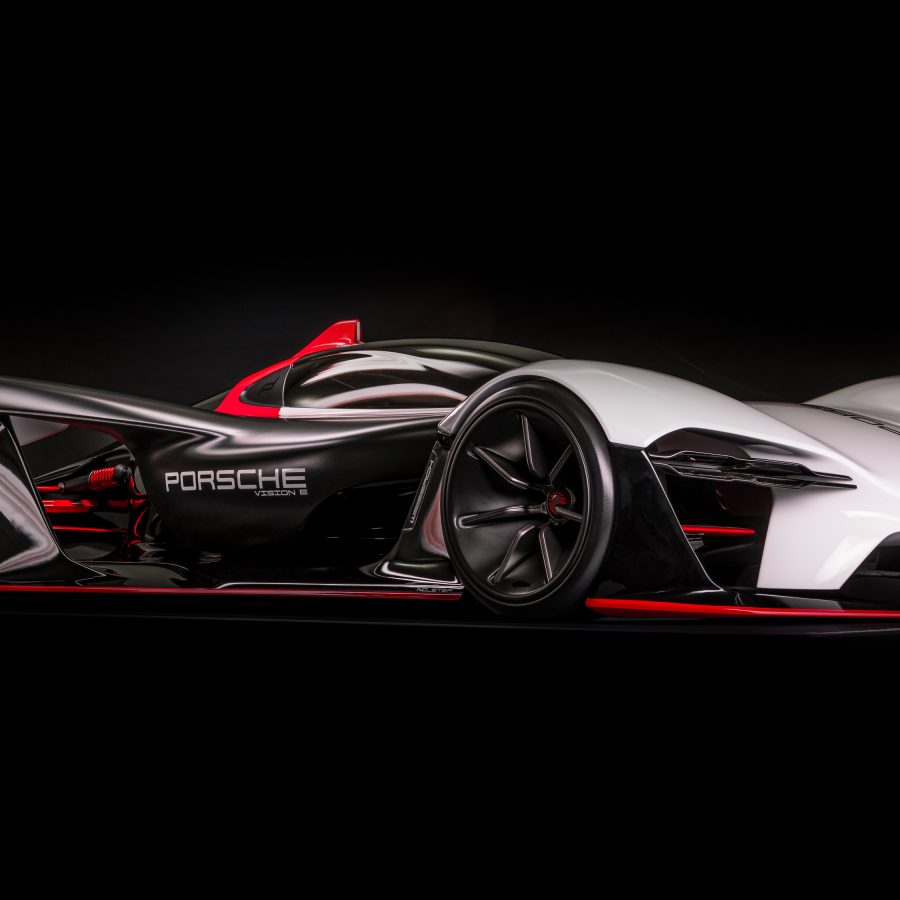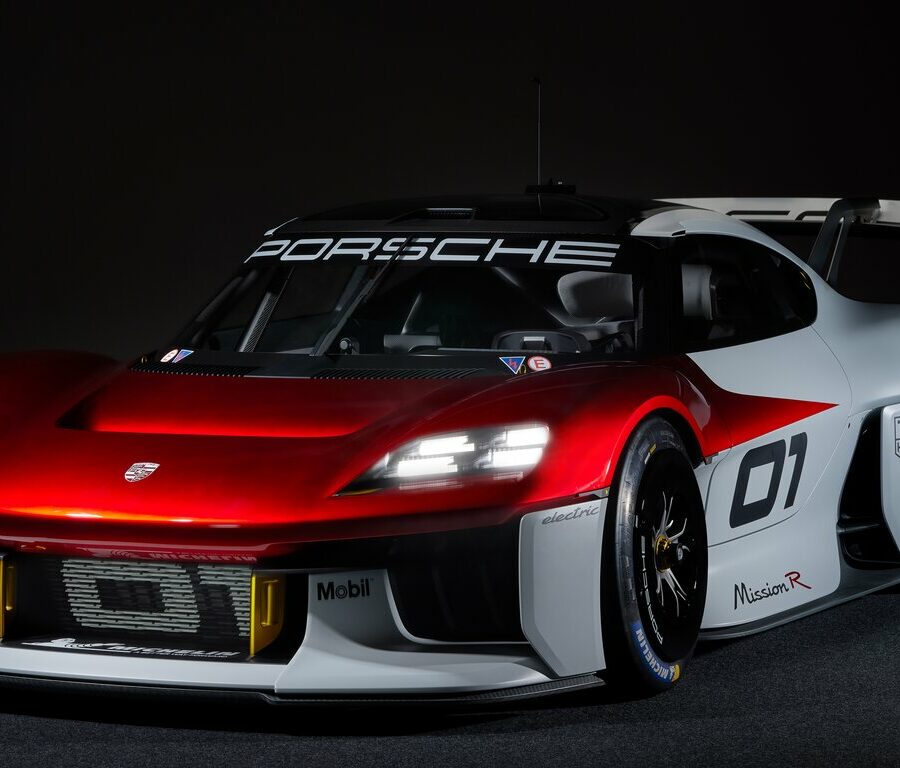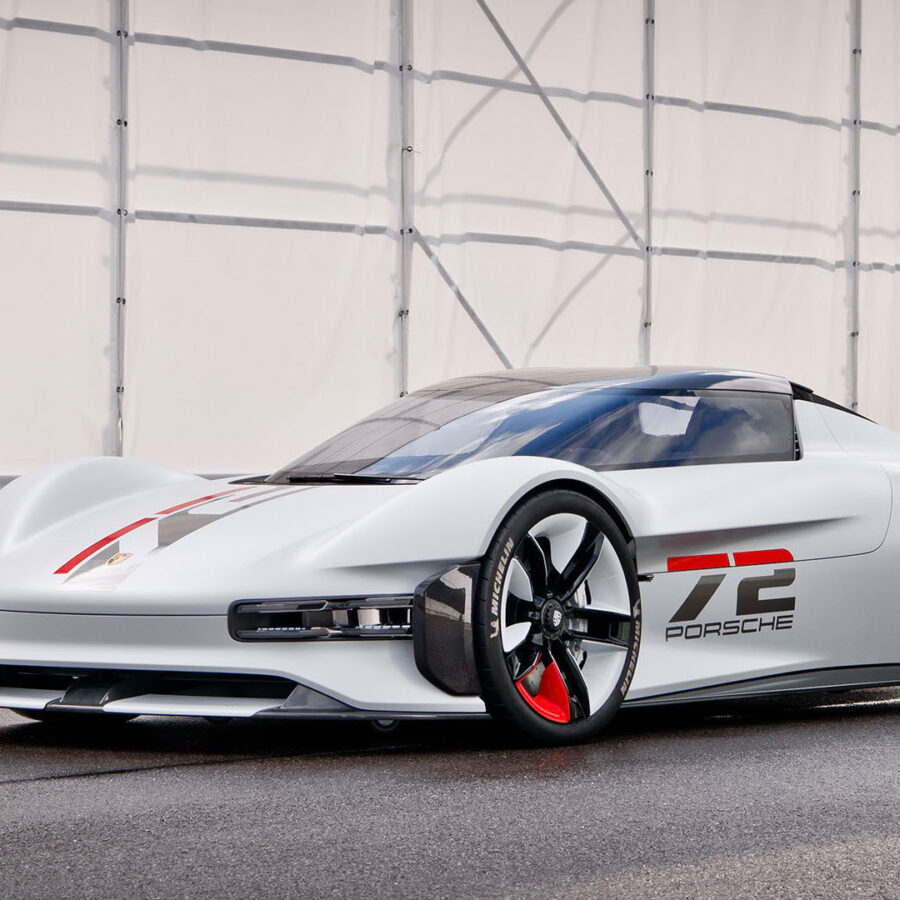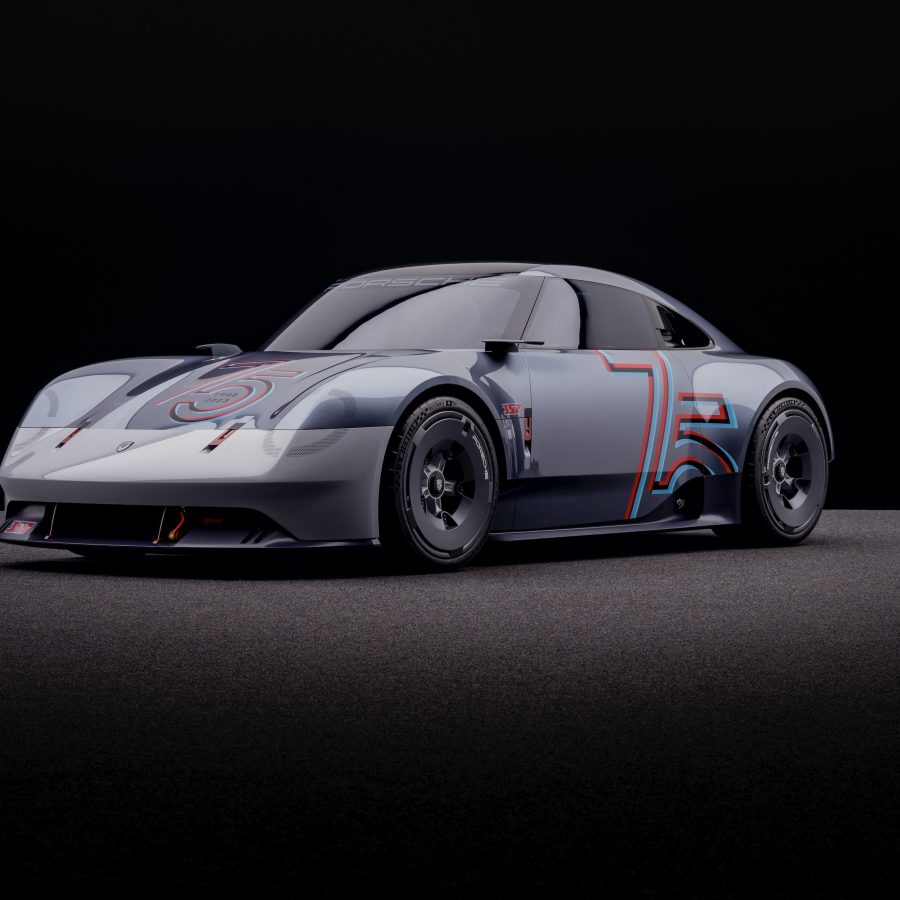Porsche 911 2.0 Bertone (1966)
Southern California Porsche dealer Johnny von Neumann knew what his customers wanted, and a Targa top Targa 911 wasn’t it.
Porsche Tapiro Concept (1970)
Giugiaro's 4th prototype at Italdesign was this radical Tapiro.
Porsche 916 Concept (1971)
Ferdinand Piëch saw potential for a higher-performance, luxurious version of the 914. The result was the 916.
Porsche 911 Turbo Prototype (1973)
In the seventies Porsche was serious about turbocharging and this prototype signaled the way for later cars like the 930 and the RSR 3.0.
Porsche 959 “Gruppe B” Prototype (1983)
The idea for 959 was born as early as 1983 with this Guppe B prototype
Porsche 965 (1984)
The Porsche 965 was a V8-powered 911 from 1984
Porsche 984 Concept Car (1984 – 1987)
The Porsche Junior concept car.
Porsche 928 H50 (1987)
In 1987 Porsche experimented with a long-wheel-base 928 called the H50
Porsche 969 (1988)
Intended as the successor to the Porsche 930, the car did not get past the prototype stage.
Porsche Panamericana (1989)
When Dr. Ferry Porsche turned 80 years old, he received a 1989 Porsche Panamericana concept car as a gift.
Porsche 989 (1991)
A four door performance sedan concept that maintained the iconic shape of the 911 Carrera
Porsche C88 (1994)
Porsche's Attempt At Creating The Chinese People's Car
Porsche 918 Spyder Concept (2010)
The 918 Spyder concept. Electric-mobility plus stunning looks.
Porsche 918 RSR Hybrid Concept (2011)
The 918 RSR ‘Racing Lab’ is part of a new initiative called Porsche Intelligent Performance
Porsche 917 Living Legend Concept (2013)
Celebrating an iconic legend.
Porsche 904 Living Legend Concept (2013)
A reimagined Porsche 904 Carrera GTS concept
Porsche 918 Spyder Prototype (2013)
The 918 Spyder concept. Electric-mobility plus stunning looks.
Porsche Panamera Sport Turismo (2014)
Premiere: 2012 September 26, Paris motor show
Porsche Bergspyder Concept (2015)
A Boxster-Based Lightweight Concept from Porsche
Porsche 906 Living Legend Concept (2015)
In this vision of a super sports car, the Porsche 906 provided the proportions and design cues.
Porsche 911 Vision Safari Concept (2015)
Reminiscent of the legendary 911 Safari, which were used in the 1970s in the East African Safari Rally.
Porsche Mission E (2015)
Porsche's first take on an electric sportscar future
Porsche Le Mans Living Legend Concept (2016)
A Stunning Mid-engined Sports Car Study by Porsche
Porsche 960 Turismo Concept (2016)
An idea for a grand tourer EV which helped bring the Taycan into existence as a production car.
Porsche Vision 916 (2016)
This Little Rebel is driven purely electrically by four wheel hub motors
Porsche 919 Street Concept (2017)
The 900 HP LMP1-Based Road-Ready Rocket That Never Was
Porsche Sport Tourer Electric (2018)
An Electric Van Concept by Porsche
Porsche Mission E Cross Turismo Concept (2018)
Premiere: 2018 March 6 at Geneva motor show
Porsche 911 Speedster Concept (2018)
The 911 Speedster Concept is a road-ready study of an open-top and particularly exciting sports car.
Porsche 551 (2019)
Porsche 551 Spyder vision/concept mock-up (2019)
Porsche Macan Vision Safari (2019)
Reminiscent of the legendary 911 Safari, which were used in the 1970s in the East African Safari Rally.
Porsche Vision 918 RS (2019)
Next generation trackday, street-legal Porsche 918 concept
Porsche Vision 920 (2019)
A Street-Legal Le Mans Racer Concept
Porsche Vision E (2019)
A preview of a future electric customer race car from Porsche
Cayman GT4 Rallye Concept (2018)
For testing purposes Porsche Motorsport built a few tarmac rally cars based on the Cayman 981 GT4 racing version.
Porsche Mission R Electric (2021)
A 1073 bhp electric racing concept


